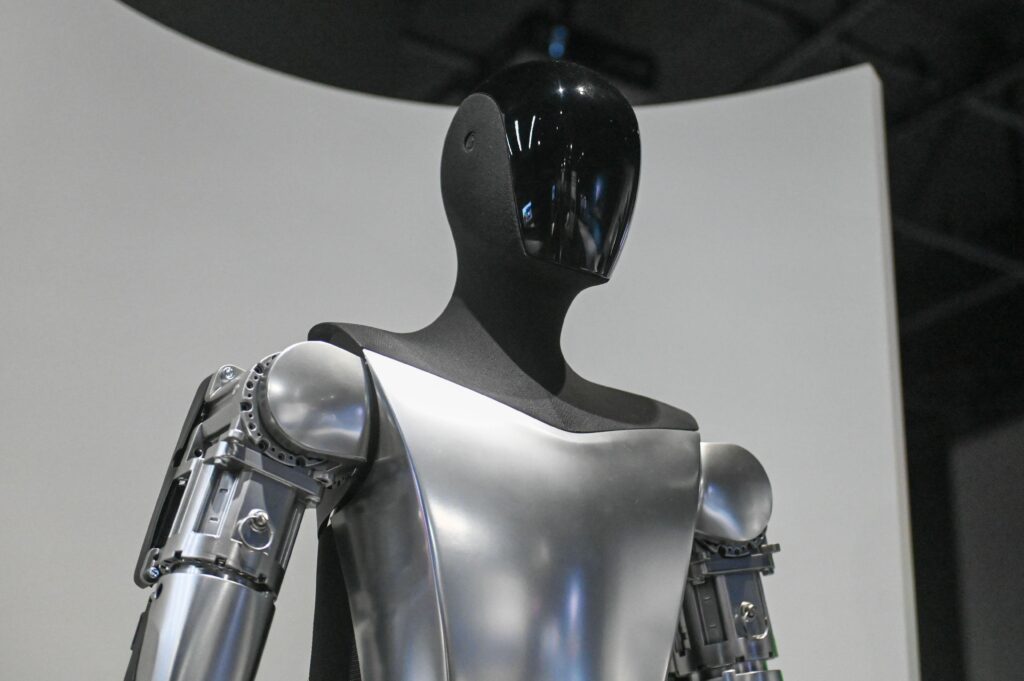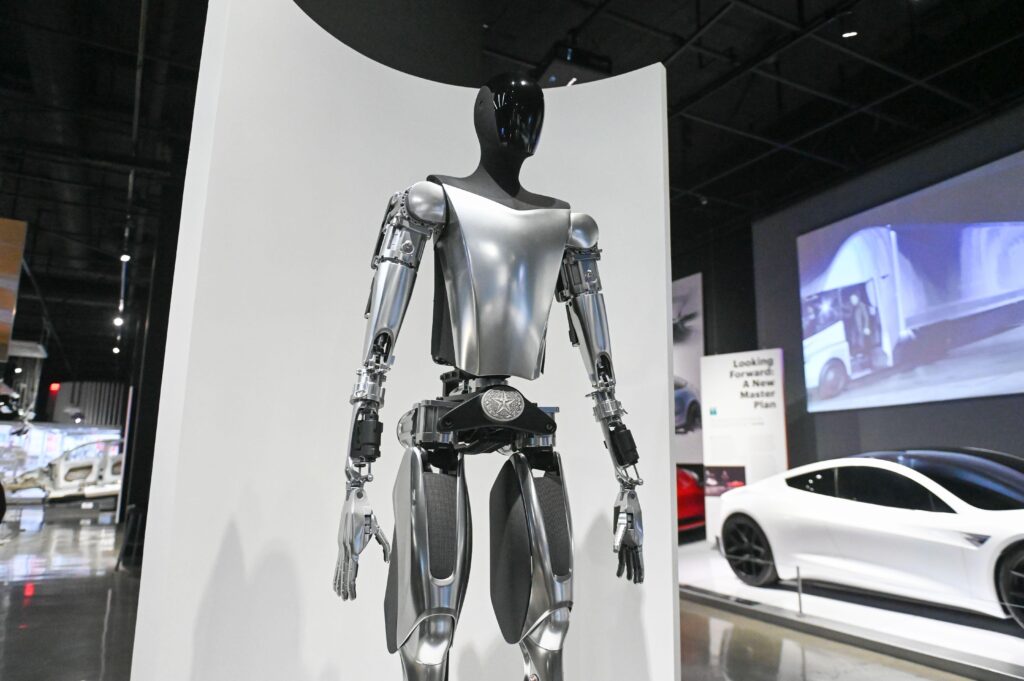As if Elon Musk didn’t have enough to keep him busy, he has now entered the Humanoid Robot game with a model which has been dubbed Optimus (sound familiar?). Not one to attach himself to low impact projects, Musk, muses out loud on stage as to whether there would be a 1:1 ratio of robots to humans in the future? This would create, in his words “a fundamental transformation for civilization”. Imagine that Optimi (plural of Optimus) handled all of the dirty, dangerous and undesirable tasks that humans presently do. Us poor humans would be stuck with the dauting prospect of having to amuse ourselves all day long. What could possibly go wrong in this scenario? Since musk isn’t the only one in the game, it’s only fair that we take a look at his utopia in context of other, similar robotic endeavors.
FACE-OFF
Let’s take a close look at Optimus to see what we’re in for. It’s instructional to compare the Tesla-based offering to a list of other Humanoid endeavors. In March of this year Analytics Insight released a list of the five most advanced humanoid robots. These are listed in the table below with some additional information about each robot to get a better idea of the maturity of the design and the features of each. One of the striking revelations is that to be considered humanoid, the robot does not have to have two legs and be able to walk. Neither does it have to have a face or the ability to make facial expressions. Sophia, Ameca, and Nadine are all female gendered and designed with faces, but none would be mistaken for human (the uncanny valley is hard to overcome). They are also not bipedal (though there is a plan to add this feature to Ameca.) Both bipedalism and realistic faces are very labor and/or programming intensive. It may just be that with limited resources trying to do both is not practical. And people have shown that they are perfectly willing to interact with a “cartoon-like” face or even an image generated on a computer screen. It is not necessary to solve the uncanny valley problem to have a successful robot interaction. Optimus does not have a face although it has an oval head which may eventually become a screen image of a face, or it may just have a speaker for interaction.

DO THE LOCOMOTION
As mentioned earlier, bipedalism is not a requirement for a humanoid robot. Nonetheless, if Musk’s objective is to have it be a general helper to humans, it will have to be able to work in a world designed for human use. This may include climbing stairs, using a shovel, lifting heavy things, driving a vehicle, and delivering packages all of which pretty much are tasks that require legs. Since replacing humans especially for unpleasant, dangerous or repetitive tasks is a design requirement it seems that bipedalism is a necessity of the design. Of the five robots listed below, Atlas is the undisputed champion of mobility and balance. Parkour, tumbling and backflips are just part of its repertoire. Visit here for an example of its versatility: Atlas Backflips . Conceivably Musk could work out some mutually agreeable arrangement to license the algorithms that Boston Dynamics has developed so they can be used by Optimus

REALITY CHECK
The Tesla Optimus is a very human scale: 5’ 8” (173 cm) tall, 160 pounds (73kg) weight, capable of carrying 45 pounds (20kg) and lifting 150 pounds (68kg) off the ground. Its top speed is anticipated to be 5 mph (8 kph). As Elon says, you could overrun and overpower it if your needed to. (Could that be considered a safety feature? A warning?) The battery technology is certainly an area of expertise for Tesla, and Optimus would be powered by a 2.3 kWh battery operating at a nominal 52 volts. This should be enough power for a day. Interestingly enough this is approximately 2000kcal (or food calories) which is enough energy to power a person for a day. As to the development timeline, Mr. M is notorious for underestimating the time that it takes to pull off his projects, though he does seem to eventually meet his targets for production volume – at least with his EVs. If you check back at the table, you can see that most designs have taken anywhere from 4 to 14 years’ worth of design iterations to get where they are today. The latest reports estimate that Optimi will be ready around 2027, which is a bit on the early side, but not entirely unreasonable. Some expensive choices have been made for some of the actuators, relying on custom-built designs, which will take time to bring to scale. Aside from the mechanicals, the electrical design is well within the expertise level of Tesla engineers and can use some of the same chips and connectivity strategies that the EVs use. As to the expected price of $20,000, I suspect that is too high to justify the “millions” of units that he expects to produce. After all, $20K is about two years’ worth of groceries for a family of four. So would you shell out that kind of cash for another expensive appliance that is essentially the equivalent of your high-schooler, but with a better attitude? The future will tell.
Table 1:
| Top 5 Most Advanced Humanoid Robots | ||||||
| Last | Human | Human | ||||
| “BORN” | Upgrade | “Obso*” | Bipedal | Face | Expression | |
| SOFIA (GRACE) | 2016 | 2021 | No | Yes | Yes | |
| Hanson Robotics | ||||||
| ATLAS | 2013 | 2023 | Yes | No | ||
| Boston Dynamics | ||||||
| AMECA | 2021 | 2023 | No | Yes | Yes | |
| Engineered Arts | ||||||
| NADINE | 2013 | 2017 | No | Yes | No | |
| Kokoro | ||||||
| ASIMO | 2000 | 2014 | 2018 | Yes | No | No |
| Honda | ||||||
| vs. | ||||||
| OPTIMUS | 2022 | est. 2027 | Yes | No | ||
| Tesla | ||||||
Notes:
SOFIA (Hanson Robotics) Human face and expressions, no legs b. 2016, ver 2.0 named Grace (b. 2021)
ATLAS(Boston Dynamics) No face-like features b. July 2013, R2015, 1/19/2023, very gymnastic
AMECA (Engineered Arts) Facial like features and movement, no legs – but some are planned b. 12/2021
NADINE (Kokoro) Human like, but limited facial movement, can only sit b. 2013
ASIMO (Honda) No human-like facial features, b.~ 2000 R2007, R 2011 took 14 years of development, was discontinued in 2018 after seven iterations of design
*Obso = No longer available
